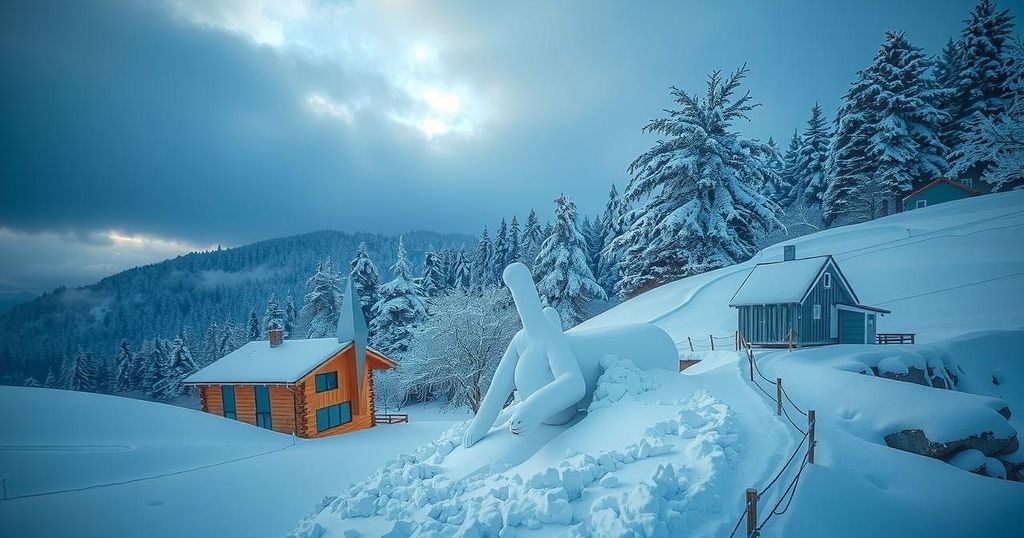Celebrity
ACCUWEATHER, ASIA, ATMOSPHERIC AND ENVIRONMENTAL RESEARCH, COHEN, ENTERTAINMENT, EUROPE/ASIA, FANTASY, JAPAN, JUDAH COHEN, LIFESTYLE, NORTHEAST, PASTELOK, PAUL PASTELOK, PERFORMANCE, REVIEW, RUSSIA, SCIENCE, SCOTT KLEEBAUER, SIBERIA, TENNESSEE VALLEY, USA, USA TODAY, WEATHER PREDICTION CENTER
Fatima Alavi
0 Comments
Current Cold Snap in the Eastern U.S.: Forecast and Implications
The U.S. is undergoing a significant cold snap, driven by Arctic air from Siberia, with potential for intensified cold this week. A white Christmas is possible for some areas, but the long-term winter forecast remains uncertain, suggesting alternating periods of cold and milder weather.
The current cold snap affecting a significant portion of the eastern United States is expected to persist and intensify through the week, with meteorologists projecting another round of frigid air originating from Siberia. This airflow results from a stretched polar vortex impacting the jet stream, leading to colder temperatures. Predictions suggest a possibility of snow, with certain northeastern cities potentially experiencing a white Christmas. However, while this cold outbreak is significant, its implications for the remainder of the winter season remain uncertain, with expectations of milder periods interspersed with further cold spells.
In early December, the United States is facing a notable weather event described as a cold snap, which has been exacerbated by an influx of Arctic air from Siberia. This weather pattern is tied to the polar vortex phenomenon, an atmospheric circulation that influences temperatures and weather conditions across the continent. Understanding the origins of this cold air and its potential impact on the winter season is critical for residents planning for holidays and winter activities. The influence of the polar vortex and subsequent weather patterns can provide insights into the likelihood of consistent cold weather versus milder periods.
In conclusion, the ongoing Arctic chill across the eastern U.S. is rooted in cold air from Siberia and driven by atmospheric dynamics involving the polar vortex. While there is a potential for some areas to experience a white Christmas, the broader winter outlook suggests variability, with both colder and milder weather likely throughout the season. It is advisable for residents to stay informed of ongoing weather forecasts as conditions evolve.
Original Source: www.usatoday.com




Post Comment